Why you don’t need Procreate to draw well!
I recently posted a video on the ferdouse youtube channel on the topic of digital drawing apps and the abundance of digital tools that now many apps adorn. You can also watch this video below.
The reason for posting such a video was due to the fact that many choose to do digital drawing using the myriad of tools that come with the drawing apps. I almost feel that digital drawing requires numerous tools for people to draw which is the opposite of my experience. My experience extends in both traditional and digital mediums.
My experience in digital drawing compared to the many other artist, got me thinking about this?
I led me to write a comprehensive paper which I turned it into a paper and submitted to the Oxford Art Journal in December 2022. Unfortunately, the paper did not get accepted and made me wonder if ‘people really got what I was saying or doing’. Even the academics from highly recognized universities and institutions did not seem to get it since I did not get any useful feedback.
You can now read the whole article on the recent blog post below…
It got me thinking even more on this subject, and I believe it is based on people’s perception of following the majority or the bigger crowd.
The fact is that many turn to digital tools because it provides immediate returns with minimum effort. The ‘other way’ requires more effort and the results are not always obvious at first. It requires more persistent effort on the part of the user. However, the long term benefits are far greater than artists can imagine.
It is this reason that separates a very minority group of people from the majority.
Without sounding too condescending, I will try to explain a bit more on this subject based on user reviews and usage that I have read and observed over time.
Digital Drawing Experience
I first discovered digital drawing back in 2011 and found an application on the Google play store that I used and came to love it. Sadly, this app is no longer available on the play store. I primarily made my drawings on the Android phones and tablets for drawing.
You can see more of my early drawings on the Paintology Blog website.
As I was drawing, I found that I was able to make drawings far better than most users using the app. It seemed like I had a natural knack for digital drawing. It didn’t occur to me until many years later as to why this was.
Many users were essentially beginners and when you begin drawing, they really do not have any clue how to get to the level of a proficient artist. Unless you have a deep seated passion or interest in the subject, you will remain on the same spot or make little incremental steps going forwards. In the traditional drawing world, most will make little progress and feel defeated and give up completely.
The digital drawing apps on tablets and phones changed all of this.
Most of the popular drawing apps comes crammed with every digital tool under the sun. These include layers, filters, blending, effects, fill and more.
Many beginners can easily gravitate to the digital tools since it does not require that much skill in terms of drawing. They eventually extend their ability in the tools to make oval shapes, fill it with color and then they are able to make a portrait. The experience with the digital app was far easier than the approach using a pencil and paper.
Most will not understand the techniques of taking one brush and turning this simple tool to make a fine piece of art. They automatically assume those ‘skills’ are not essential in the digital world. This ideology is described in the video that I presented above.
Many will lack the fundamental core skills that are the milestones needed to achieve the high level of drawings that we find in artists of the traditional mediums. Few possess an intimate understanding of how they can take a pencil and turn it to their advantage and to make excellent drawings.
You can read more about the fundamentals of art applied to digital drawing in the Quora post below.
Although nothing was conclusively derived from her studies, nevertheless it had a big impact in the drawing domain around the world. Her book became a world wide seller.
I wanted to go further, based on my understanding over the years of drawing in the digital medium and also having created a unique drawing app, Paintology. The drawing app has been around since 2012 but recently I have been promoting this app as I felt that many lacked the skills required to do ‘proper’ digital drawing in the right way. It led me to address the issues why many users were lacking in the core skills of drawing that was predominant in the traditional world.
I will go back to what I said earlier. A beginner has little knowledge how to get to the level of proficient artists. Unless, they devoted time to drawing and understanding the intricacies of drawing and how the pencil makes a mark on the paper, they will always remain stuck.
I differ in some of Betty Edwards thinking but agree that many beginner artists remain stuck. She put their lack of progress down to their disconnection between their thinking and the drawing marks they made on paper.
I believe the problem is far simpler than one thinks. I am a great proponent that anyone can do anything providing they put their minds to it and practice the right way. If you go to my Quora profile, Ferdouse Khaleque, you will see that I write about many topics related to digital drawing with examples of many drawings and comments made by other Quora users. I eventually got tired of one question that kept appearing again and again, ‘do you need to be naturally gifted to draw well’.
I realized that this question arises from people who are stuck in the first position of a beginner in drawing. They just cannot see how to go all the way to the highest level and have made up their minds… drawing is for the gifted and t hey possess no skills. Many simply overlook the very fact that it takes practice and dedication to achieve anything of high standards.
Sadly, in this world of quick gratification, where users are continuously looking for quick fixes with their phones, the problem is exacerbated. A recent study that appeared in the Guardian newspaper showed that writing amongst young children have fallen significantly. Three in four children at primary were keen in writing but at the age of 16 it had dropped to one in four children. The Guardian termed this as a ‘crisis’ and for good reasons.
A recent initiative by the BBC to encourage more youngsters to write can be found here.

It is clear to me that many people gravitate to the easiest route to satisfaction without too much effort. The mindset of many ultimately relies on quick gratification or they simply ignore and move to something else.
A subject like drawing, especially in the traditional world relies on perseverance and effort. After all, to turn a paper into a work of art with a simple pencil requires some skills and fairly deep skills at that. How to get there is a mystery for many and thus many conclude, you have either got it or you have not.
This brings me to the point why some digital drawing apps with many digital tools fare well.
The simple truth is that the tools are the stepping stones for the beginner artists to continue their incremental journey of becoming what they think is a good artist. The tools make it simple to fill an object with color with one click. This simple gratification is a step in the right direction and fulfills their immediate needs. The user will then hunt for more of these digital tools and continue to expand their knowledge of the use of the tools. It is only a matter of time, when they become proficient with the use of the tools and are able to make many digital drawings.
A proliferation of these methods of producing drawings have led many to question why digital drawing never looks like traditional drawing. The answer should be fairly clear, I think.
Here is a question on this topic that I answered in Quora.

The article has got over 500 upvotes since it was published over a year ago.
The fact that many of the digital apps that come with the digital tools are designed to make drawing as easy as possible. This attracts many users to these apps since they have gotten over their hurdle of not being able to draw well in the traditional domain.
Unfortunately, this approach to drawing removes the very essence of drawings skills that are the mainstay of traditional mediums. The need for tools ‘replaces’ those hard to reach skills that are prevalent in traditional mediums.
Those skills that I talk about are of course the fundamental skills in drawing and painting. These skills have been taught in the traditional medium for centuries and have been in the curriculum of many art subjects around the world. The fact that these skills are almost non-existent in the digital medium has further subdivided the two mediums even further. Many traditional artists look at digital drawing with some contempt and similarly many digital artists feel they are much more empowered than traditional artists.
The fact is, both come from the fundamental form of drawing and painting which is to apply colors to a canvas, but they are distinctly divided in the art world. Pencils, charcoals, oil, acrylics, pastels etc, are considered in the same domain and distinctly separate from digital drawing makes the fundamental core skills in art as not transferable.
It was for these distinct usage and thinking between these two groups that compelled me to write the article submitted to the Oxford Art Journal. Sadly, the feedback was too general to understand whether they had even understood what I had written and whether further explanation was necessary. This led me to think that the distinct groups of thoughts in the two domains were also ingrained in the minds of the public and to academics. I concluded that they did miss the points or not fully understood what I was making. However, it could also be that my explanation was not clear enough. You can decide for yourself, when I publish this paper in my next blog post. Please watch this space!
A summary of what I had written attempts to address that the fundamental core skills in art apply equally to the digital art world. Many would not have an argument for this case, since the two mediums are considered distinct from each other. The paper addresses the importance of the the fundamental core skills in art and have an important bearing in the world of digital drawing and painting.
I fear that none had embodied the research, efforts and conclusions that I had put into this paper.
You can do a search in Quora for ‘fundamental skills in digital drawing’ and you will see a majority of answers unrelated to this subject. You may find some posts by Paintology but that’s it! This effectively implies that the subject of fundamental skills in digital drawing is not a subject of any relevance.
Now, do the opposite and type ‘fundamental skills of drawing’, you will see many relevant topics that tries to answer this question and many are addressing this point exactly but in the context of traditional drawing only.
https://www.quora.com/search?q=fundamental%20skills%20in%20drawing
At this point in time, you might think that I am just blowing into the wind. However, for those who follow me and the drawings made with the Paintology, you will know that I make many drawings with one or two brushes. I do not use the many digital tools that many drawing apps routinely come with. My drawings are usually credited with awe and it is truly different to the many digital art you will find online. You will also mistake my art as being done with traditional materials. Many commentators have made this mistake. Here are a few sample of my artwork made with one or two brushes and changing the brush size and selecting colors.

Conclusion:
The distinction between digital and traditional art extends to the tools used in the creation of art.
The different approach to creating art in these two domains, have created confusion amongst the public. In particular, some consider digital art not to be true art due to the way it was produced.
The creation of digital art is essentially based around a myriad of tools that are available on the app such as blending, color fill, layers, and other digital effects. Many observers assume that these tools do not lead to ‘genuine’ art and does not have the ‘touch’ of traditional art.
These differences and pools of thoughts between the two domains (digital and traditional) can be brought to rest if the core fundamentals of art are applied to both.
About the Author:

Ferdouse Khaleque is an artist, writer and has a passion for technology. He got his PhD in Electrical and Electronics Engineering from Imperial College of Science & Medicine in 1990.
Since then he has worked in many technology startups including his own called Paintology. The drawing app can be downloaded for free from the Google play store.
His passion in art and writing has made him a proficient artist in the digital arena and you can see his works on his youtube channel Ferdouse.
You can read more about his recent sci-fi novel, ‘Blue the ancient rock’, which can be found on his personal website, Ferdouse.com.


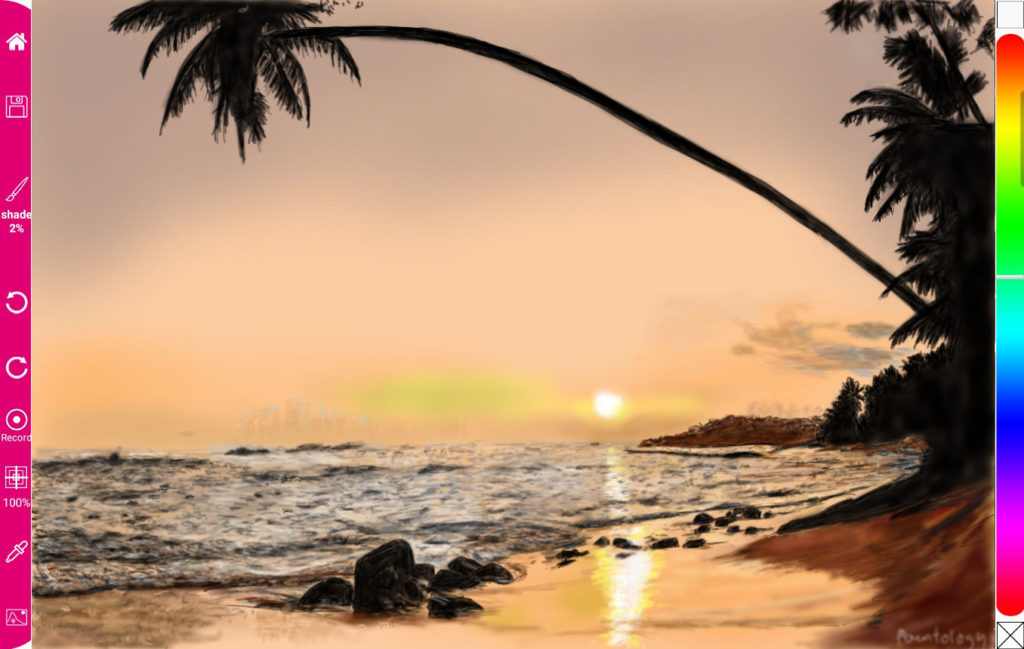

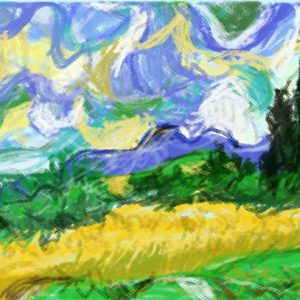
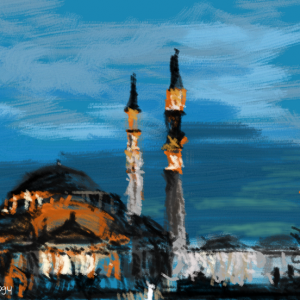

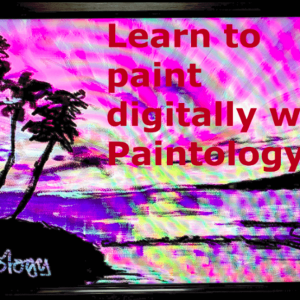

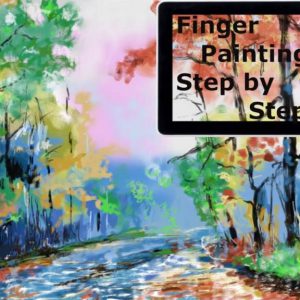
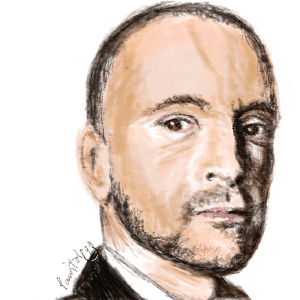
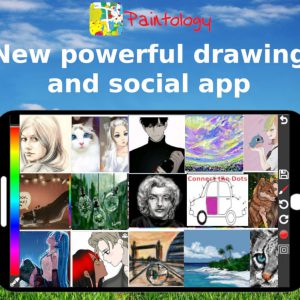
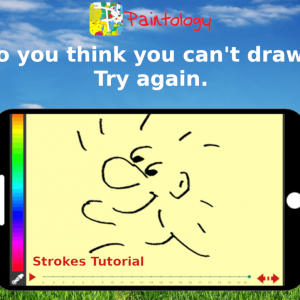
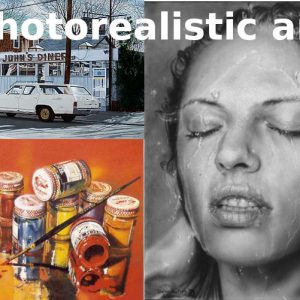

 Digital Canvas
Digital Canvas
Leave a Reply